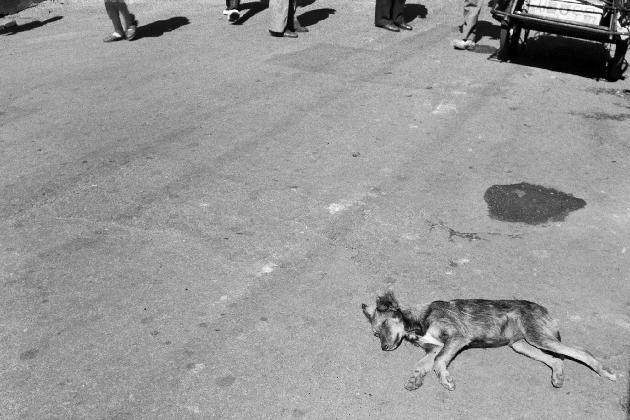
Image credit: Yook Myung-shim, c. 1966
612 Schermerhorn Hall
In the heated years immediately around 1968, acute brinkmanship brought unprecedented pressure to bear on the concept of nation, a tension especially palpable in some of the most memorable images produced in both Koreas. Masculinist displays of military and industrial strength common to state-mandated Socialist Realist painting in North Korea sometimes yielded to abrupt juxtapositions between nature and industry that betrayed uncertainty or even alienation from the dream of a worker’s paradise. In South Korea, where photography was shaped around the twinning of economic development with state-promoted “tradition,” a new generation of photographers conveyed profound skepticism towards national enterprise. Requiring a deeper and more singular investment from audiences than mere acknowledgment or even sympathy, such works turned on vulnerability as the most significant lens through which to consider the nation in real, rather than ideal, time.
